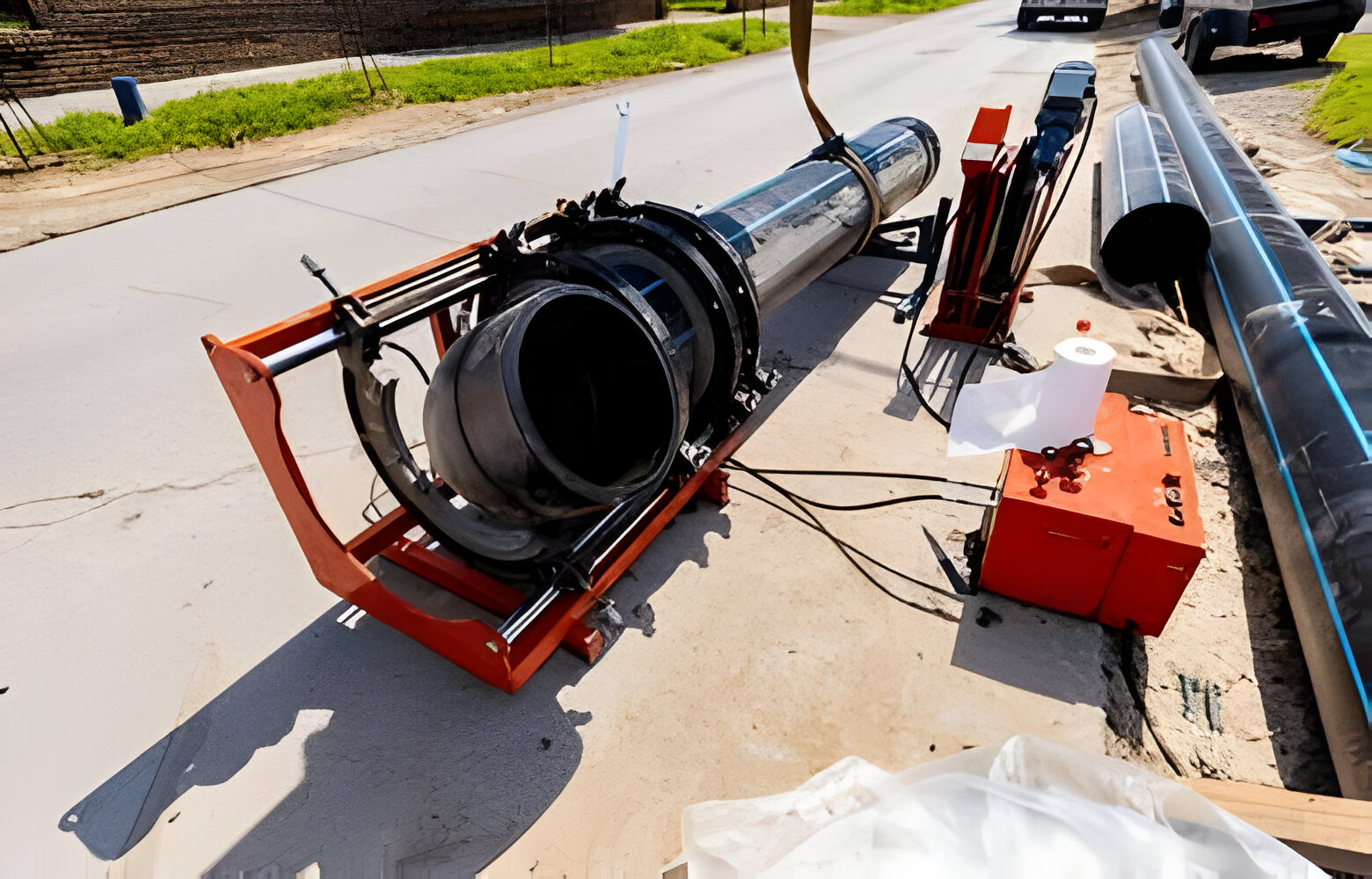What is Fusion Welding And How it Works: Everything You Need To Know Before Getting Started

Fusion welding is a type of welding that uses two different types of metals to join together. The two metals are melted and then poured into each other so that they form a joint. This type of welding is used in many different tasks, such as construction and engineering. In this blog post, we’ll explain fusion welding and its uses. We’ll also provide some tips on how to perform fusion welding successfully.
What Is Fusion Welding?
Fusion welding is the joining of dissimilar metals by heating them until they melt and fuse together. When the molten material cools, it forms a strong joint.
Why Use Fusion Welding?
Many different industries use fusion welding. For instance, it’s commonly used to weld aluminum parts to steel parts. It’s also useful when making jewelry, repairing tools, and creating custom furniture.
How does Fusion welding work
Fusion welding typically works by using two different types of metals to join the two pieces of metal together. The first part is usually made from a harder material like steel or aluminum, and the second part is usually made from a softer material like plastic or plasticine. The fusion heat source is used to heat up both parts until they start to glow red, then pressure is applied to make the connection stronger.
Types of Fusion Welding
There are several types of fusion welding. They’re all based on the same principle but differ in terms of the materials being joined and the equipment used. Here are the main types of fusion welding:
- Gas Metal Arc Welding (GMAW): GMAW is the most common type of fusion welding. It requires high heat input and produces a clean arc. It’s typically used to weld mild steel and stainless steel.
- Tungsten inert gas (TIG): TIG welding is similar to GMAW except that it uses a tungsten electrode instead of a filler rod. It provides higher quality joints than GMAW.
- Laser beam welding: Laser beam welding uses a laser beam to produce a very narrow line of intense heat. It’s primarily used to weld aluminum and magnesium.
- Electron Beam Welding (EBW): EBW is similar to laser beam welding except that it uses electrons rather than light to produce the heat needed to melt the metals. It’s mainly used to weld titanium and nickel alloys.
- Resistance spot welding: Resistance spot welding is another method of fusion welding. It’s used to weld aluminum and copper. It creates a small amount of heat and pressure to make the connection.
How to get started with Fusion welding
If you want to start welding, you’ll need to first learn about Fusion welding. Fusion welding is a type of welding that uses two different types of metals together to create a new product. This process is often used in the manufacturing industry, where two metals are combined to create a new object or piece of jewelry.
How to improve Fusion Welding
One way to improve fusion welding is by using heat and pressure to fuse the two materials together. Heat can be used to cook the material until it becomes melted, or pressure can be used to force the materials together until they become one entity. By using these methods, you can create more complex products than ever before.
Equipment Needed for Fusion Welding
You’ll need certain equipment to perform fusion welding. These include a power source, welding torch, electrodes, fluxes, and shielding gases.
Advantages of fusion welding:
- Lower cost compared to arc welding
- Ability to produce complex shapes
- Can be used to repair damaged items
- No fumes or dust created during operation
- Easy to learn
- Easy to operate
Disadvantages of Fusion Welding:
- Requires high temperatures
- May require special equipment
Last Words
Fusion welding is a great way to create unique, custom products. By using the correct types of Fusion welding, you can create products that are difficult to find elsewhere. However, it’s important to start with the correct type of Fusion welding and improve your skills as you go along. If you’re not happy with the results of your Fusion weldings, you can always seek help from a professional. Thanks for reading!

